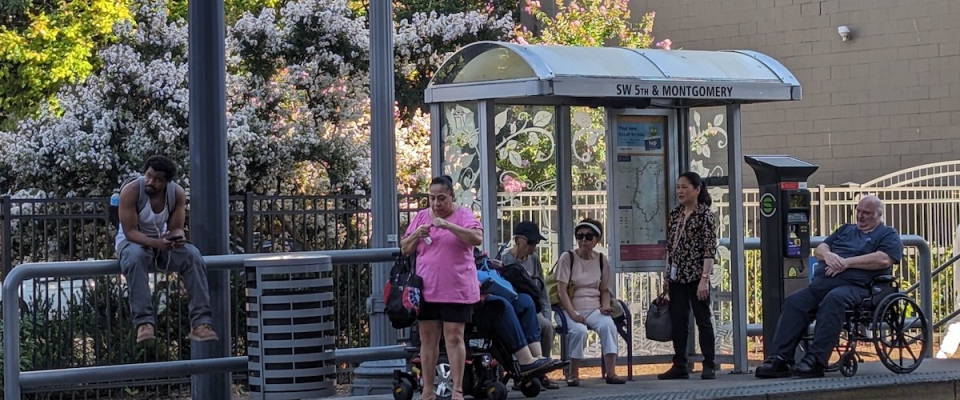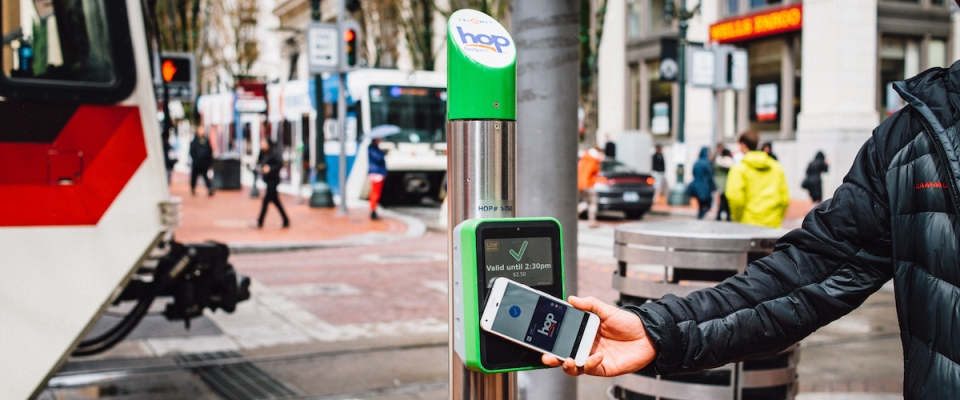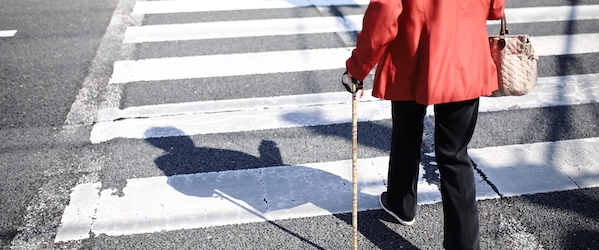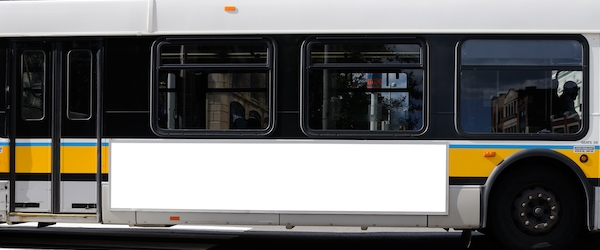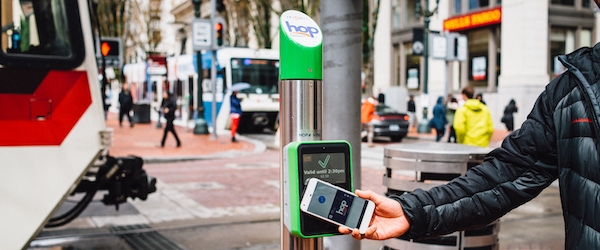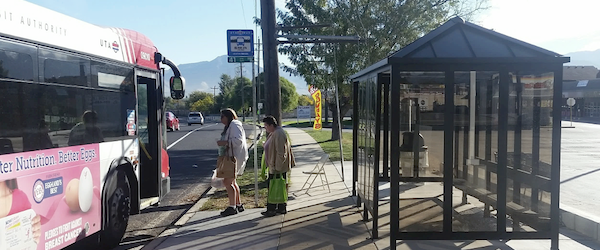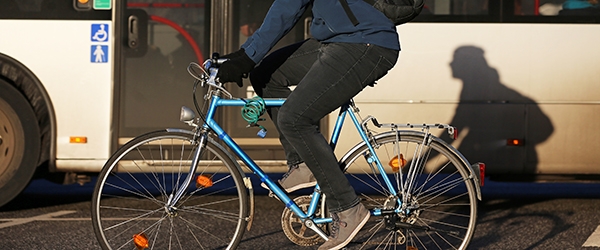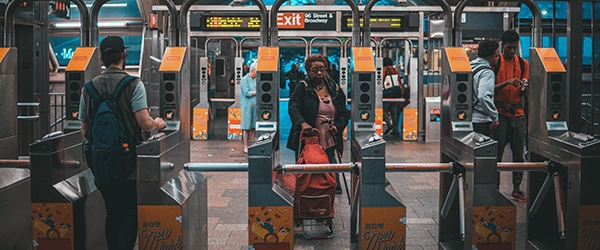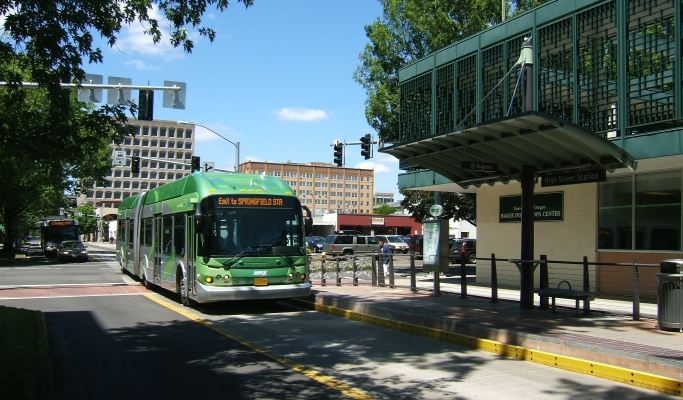You probably don’t live, work, socialize, go to school, and receive health care all in the same place. To get where you need to go in your day-to-day life, you need some form of transportation to get there. But what if that transportation is unavailable? It stands to reason that not being able to get where you need to go would have detrimental effects on your well-being.
To identify transportation disadvantages in their respective cities, professors from the University of Texas at Arlington, the University of Arizona, and the University of Tennessee teamed up to design and test a travel diary app called MyAmble. Travel diaries are built for recording trips taken, but they often lack the ability to capture travel disadvantage or latent travel demand. In this context, travel disadvantage refers to essential trips that people plan to take but are unable to complete for some reason, e.g., their car breaks down or they don’t have gas money. Latent travel demand refers to trips that people would take but don’t bother to plan due to transportation barriers or safety concerns. The aim of MyAmble...
Read more
